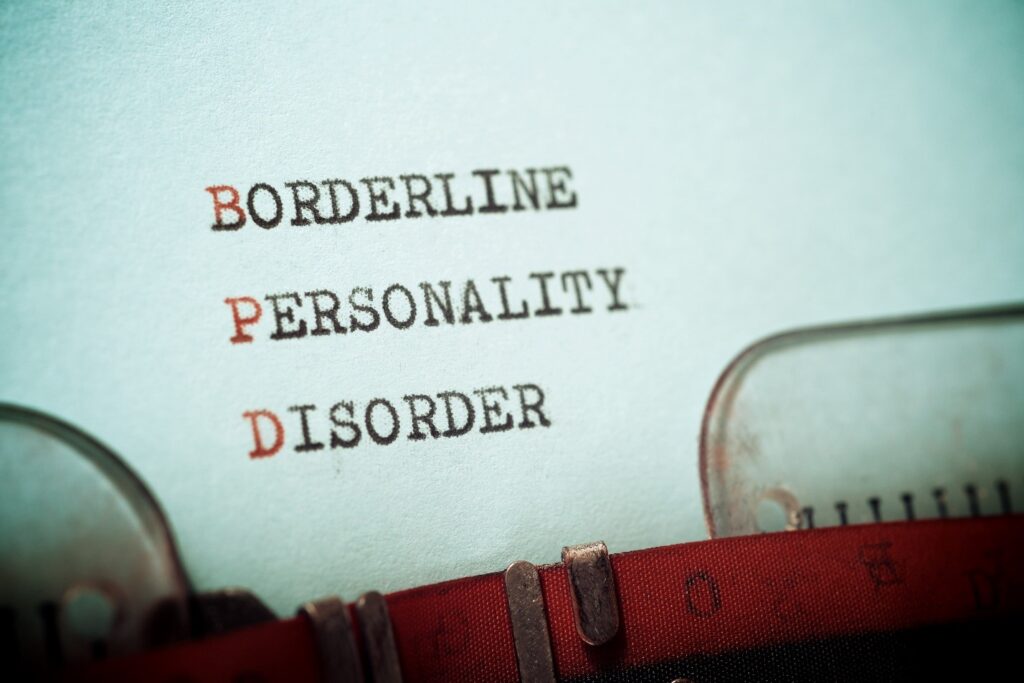Borderline Personality Disorder (BPD) is a serious mental disorder that affects the way people experience emotions and form interpersonal relationships. Misunderstood by many, BPD is a highly prevalent disorder that interferes with the lives of millions of individuals globally. It is important to diagnose and recognize BPD at an early stage for adequate treatment and management. This blog is intended to offer a valid and evidence-based borderline personality disorder test for people to determine their symptom patterns. This test is designed to help you learn more about your state of well-being and to help you begin the process of seeking help if you need it.

In the next sections, we will briefly describe the main features of BPD, provide a set of diagnostic questions, and explain how to analyze the results. This tool is meant to be a rough self-assessment, highlighting the necessity of professional assessment before a proper diagnosis.
A Brief Overview of Borderline Personality Disorder
A pattern of unstable and erratic mood, interpersonal relationships, and self-image characterizes borderline personality disorder.
People with BPD have episodes of intense anger, depression, and anxiety, which may last from several hours to several days.
Here are some of the other symptoms associated with this disorder,
- Fear of abandonment
- Problems with relationships
- Impulsive behaviors
- Emotional void
These symptoms can be debilitating and interfere with social, occupational, and personal functioning.
BPD is commonly associated with other disorders like depression, anxiety, and eating disorders. Therefore, it becomes quite challenging to diagnose and manage the condition effectively. Due to the complexity of the disease, a borderline personality disorder test becomes necessary for a timely diagnosis.
Borderline Personality Disorder Test
The borderline personality disorder test provided here is developed according to the DSM-5 criteria, which are considered to be the most authoritative in diagnosing BPD. This test comprises several questions to assess the presence and intensity of BPD symptoms. All the questions should be answered about the past year’s experiences and feelings.
Use the following scale to respond: Never, Rarely, Sometimes, Often, Always
1. Are you often overwhelmed by an irrational fear of being left alone or deserted by your loved ones?
2. Are your relationships with other people characterized by the cycle of idealization and devaluation?
3. Have you ever noticed that you change your goals, values, or career plans without apparent reason?
4. Do you tend to act on your urges, for example, to shop, abuse drugs or alcohol, or drive dangerously?
5. Have you had recurrent suicidal behaviors, gestures, or threats or engaged in self-mutilation?
6. Do you have episodes of dysphoria that can last for several hours or several days?
7. Do you sometimes experience a void in your life as if there is something that is fundamentally lacking?
8. Are you easily provoked, or do you have problems with anger that is out of proportion or hard to manage?
9. Are you a sufferer of stress-induced paranoia, or have you had severe dissociative symptoms?
If you think you may have symptoms of BPD, you may want to ask yourself the following questions. Please note that this borderline personality disorder test is not intended to replace the assessment made by a professional but can help you reflect on your situation.
How to Interpret Your Results
It is necessary to analyze how your answers correspond with the BPD diagnostic criteria to understand your borderline personality disorder test outcomes. Each question maps to a particular symptom listed in the DSM-5. Here’s how to interpret your scores
Never/Rarely: These responses indicate that the symptom does not interfere with your daily activities to a large extent.
Sometimes: This means that the symptom is present, but it may not be widespread.
Often/Always: These responses indicate that the symptom is quite evident and may interfere with your daily activities to a certain extent.
In order to get an idea of how many BPD symptoms you are experiencing in a week, count the number of times you answered “Often” and “Always.” If you have answered “Often” or “Always” to five or more questions, it may suggest that you have BPD.
However, this is a self-assessment and not a professional diagnosis. These symptoms can also be signs of other mental disorders, so it is crucial to consult a professional.
A licensed mental health professional can do a complete assessment and consider your medical and psychological profile to develop a proper diagnosis and action plan.
When to Get Professional Help?
If your borderline personality disorder test results point towards BPD, it is advisable to consult a professional mental health care provider. They are capable of conducting a comprehensive examination and verifying the diagnosis.
Some of the management options for BPD include Psychotherapy, such as dialectical behavior therapy (DBT), medication, and support groups. It is, therefore, important to seek professional assistance in managing BPD symptoms and improving one’s quality of life.
The Takeaway Message
It is important to recognize and diagnose borderline personality disorder to seek proper treatment and lead a better life. The borderline personality disorder test included in this blog is a preliminary screening questionnaire that can help you determine if you have the symptoms of BPD.
Please remember that this test is not a substitute for a professional assessment. If your results suggest that you may have BPD, consult a qualified mental health care provider.
Identifying your mental health needs can help you manage the symptoms and live a more meaningful life. Take care of yourself, and do not hesitate to get the help you need.

